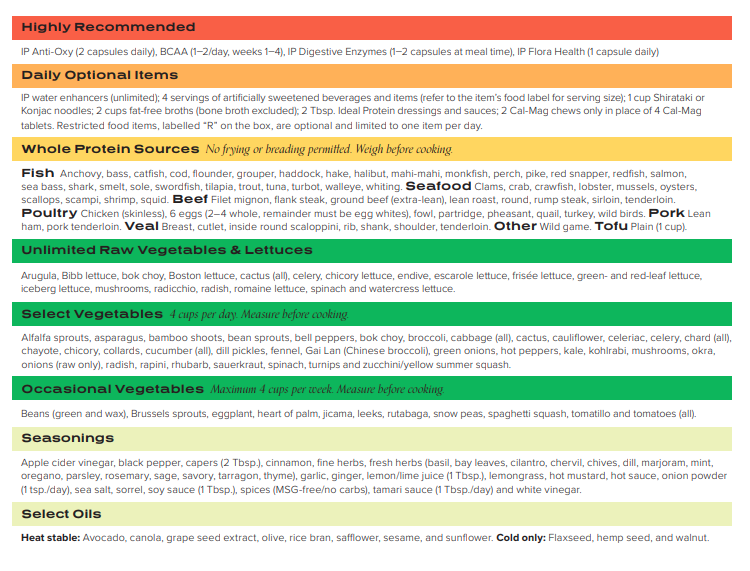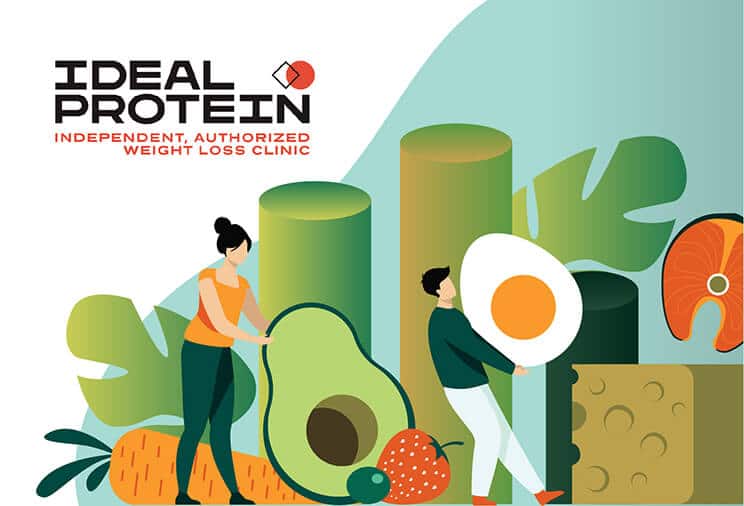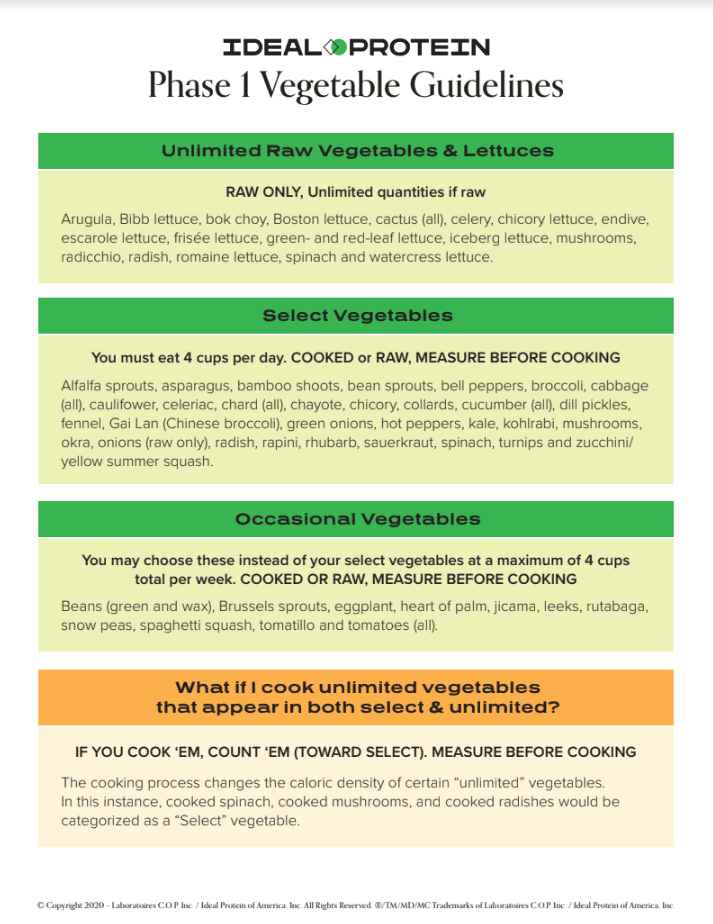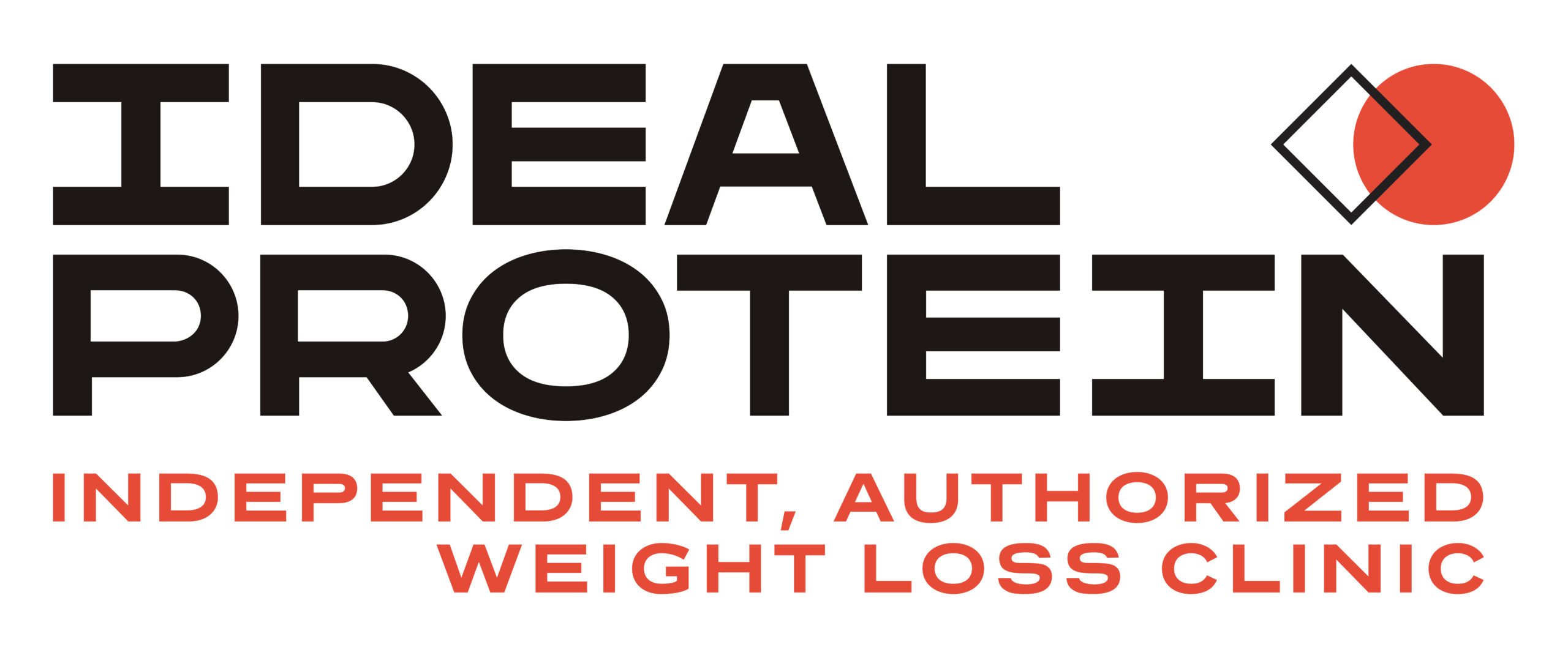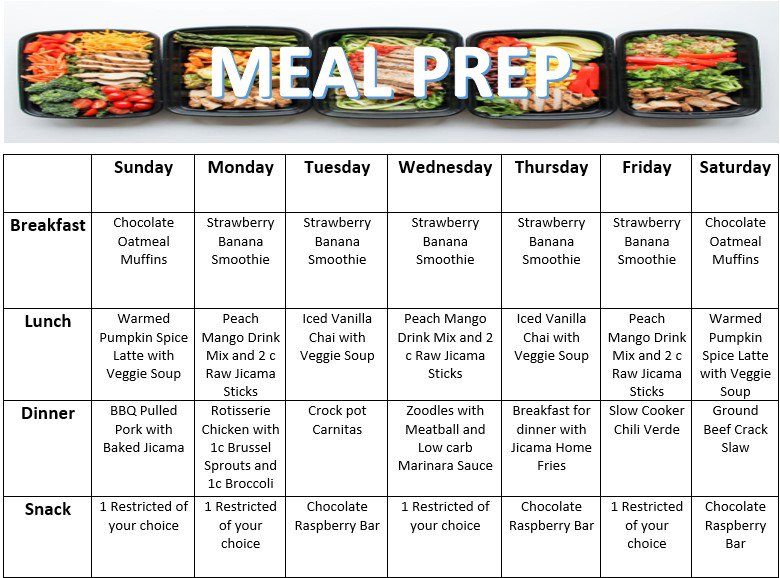Ideal Protein Alternative Protocol Phase 1

Imagine a crisp autumn morning. The air is filled with the scent of cinnamon and promise. Instead of reaching for a sugary donut, you're preparing a vibrant spinach salad, topped with grilled chicken and a light vinaigrette. This isn't just another diet. It's a reimagining of how you approach food and well-being. This is the essence of exploring alternatives to the Ideal Protein Protocol Phase 1.
This article dives into the world of alternative approaches to weight management, offering a balanced and informed perspective on recreating the results sought in the first phase of the Ideal Protein Protocol. It explores the core principles, nutritional science, and practical strategies for achieving similar outcomes through mindful eating and lifestyle adjustments.
Understanding the Foundation
The Ideal Protein Protocol is a structured weight loss program that emphasizes a low-carbohydrate, moderate-protein, and low-fat diet. Phase 1, often the most restrictive, focuses on rapid weight loss through ketosis. It limits carbohydrate intake to encourage the body to burn stored fat for energy.
While effective for many, the rigidity and reliance on pre-packaged foods may not suit everyone. Some individuals find it unsustainable, while others may seek a more flexible and natural approach. This is where alternative strategies come into play.
The Science Behind the Success
The effectiveness of Ideal Protein's Phase 1 hinges on the principle of ketosis. By drastically reducing carbohydrate intake, the body shifts its primary fuel source from glucose (derived from carbs) to ketones (derived from fat). This metabolic state leads to rapid fat burning and subsequent weight loss.
The high protein intake helps preserve lean muscle mass during this process. Protein is crucial for satiety, making it easier to adhere to the reduced calorie intake.
Recreating the Magic: Alternative Strategies
The key to creating an effective alternative lies in understanding and replicating the core principles of Phase 1. This involves careful attention to macronutrient ratios, food choices, and overall calorie intake.
Macronutrient Balancing: The Cornerstone
An alternative plan should prioritize a low-carbohydrate intake, typically under 50 grams per day. Focus on non-starchy vegetables such as leafy greens, broccoli, and cauliflower.
Moderate protein intake is crucial for maintaining muscle mass and satiety. Lean sources like chicken breast, turkey, fish, tofu, and tempeh are excellent choices.
Healthy fats play a supporting role, contributing to satiety and overall well-being. Include sources like avocados, olive oil, nuts, and seeds in moderation.
Food Choices: Nature's Bounty
The alternative approach emphasizes whole, unprocessed foods over pre-packaged options. This allows for greater control over ingredients and portion sizes.
Building meals around lean protein, non-starchy vegetables, and healthy fats provides a balanced and satisfying foundation. Consider incorporating foods rich in fiber to promote fullness and digestive health.
Hydration is also incredibly important. Drink plenty of water throughout the day to support metabolic processes and reduce cravings. Unsweetened herbal teas are a great option, too.
Mindful Eating: The Missing Ingredient
Beyond macronutrient ratios and food choices, mindful eating practices can significantly enhance weight management efforts. Pay attention to hunger cues and eat slowly.
Savor each bite and avoid distractions during meals. This approach can help regulate portion sizes and foster a healthier relationship with food.
According to the National Institutes of Health (NIH), mindful eating can improve dietary habits and promote long-term weight management.
Lifestyle Integration: The Long Game
Sustainable weight management involves more than just dietary changes. Regular physical activity is essential for burning calories and improving overall health.
Aim for at least 150 minutes of moderate-intensity aerobic exercise per week, along with strength training exercises to build and maintain muscle mass.
Stress management is also crucial, as chronic stress can lead to increased cortisol levels and weight gain. Incorporate relaxation techniques such as yoga, meditation, or spending time in nature.
Considerations and Cautions
While an alternative approach can be effective, it's essential to consult with a healthcare professional or registered dietitian before making significant dietary changes. This is especially important for individuals with pre-existing medical conditions.
Ketosis, while generally safe for healthy individuals, can cause side effects such as the "keto flu," characterized by fatigue, headaches, and nausea. Adequate hydration and electrolyte intake can help mitigate these symptoms.
It's important to monitor your progress and adjust your plan as needed. Weight loss is not always linear, and plateaus are common. Be patient with yourself and celebrate small victories along the way.
Real-World Example
Sarah, a 35-year-old mother of two, found the Ideal Protein Protocol too restrictive for her lifestyle. She worked with a registered dietitian to create a personalized alternative plan.
Sarah focused on whole, unprocessed foods and incorporated regular exercise into her routine. She saw positive results, lost weight gradually, and felt more energized. She found it easier to make meals with her family, too.
"It was about more than just losing weight," Sarah said. "It was about creating a healthier relationship with food and making sustainable lifestyle changes."
Looking Ahead
Exploring alternatives to the Ideal Protein Protocol Phase 1 is about empowering individuals to take control of their health and well-being. It's about finding a sustainable approach that fits their unique needs and preferences.
By understanding the core principles of ketosis and macronutrient balancing, individuals can create personalized plans that promote weight loss and overall health.
Remember, the journey to a healthier you is a marathon, not a sprint. Embrace the process, celebrate your progress, and trust in your ability to achieve your goals. Be kind to yourself as you learn and grow.






